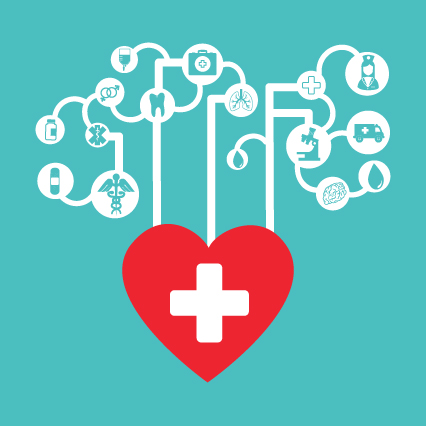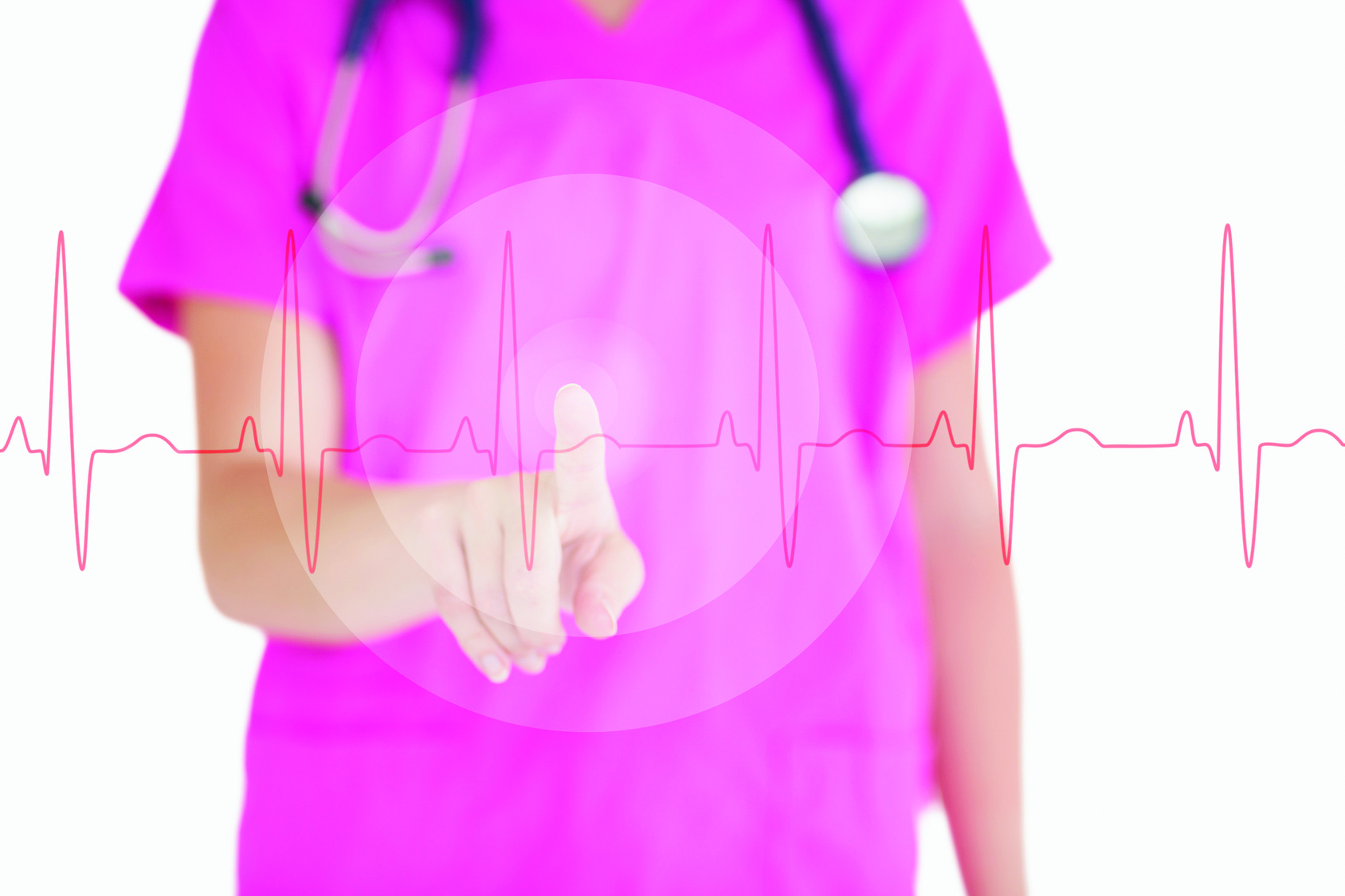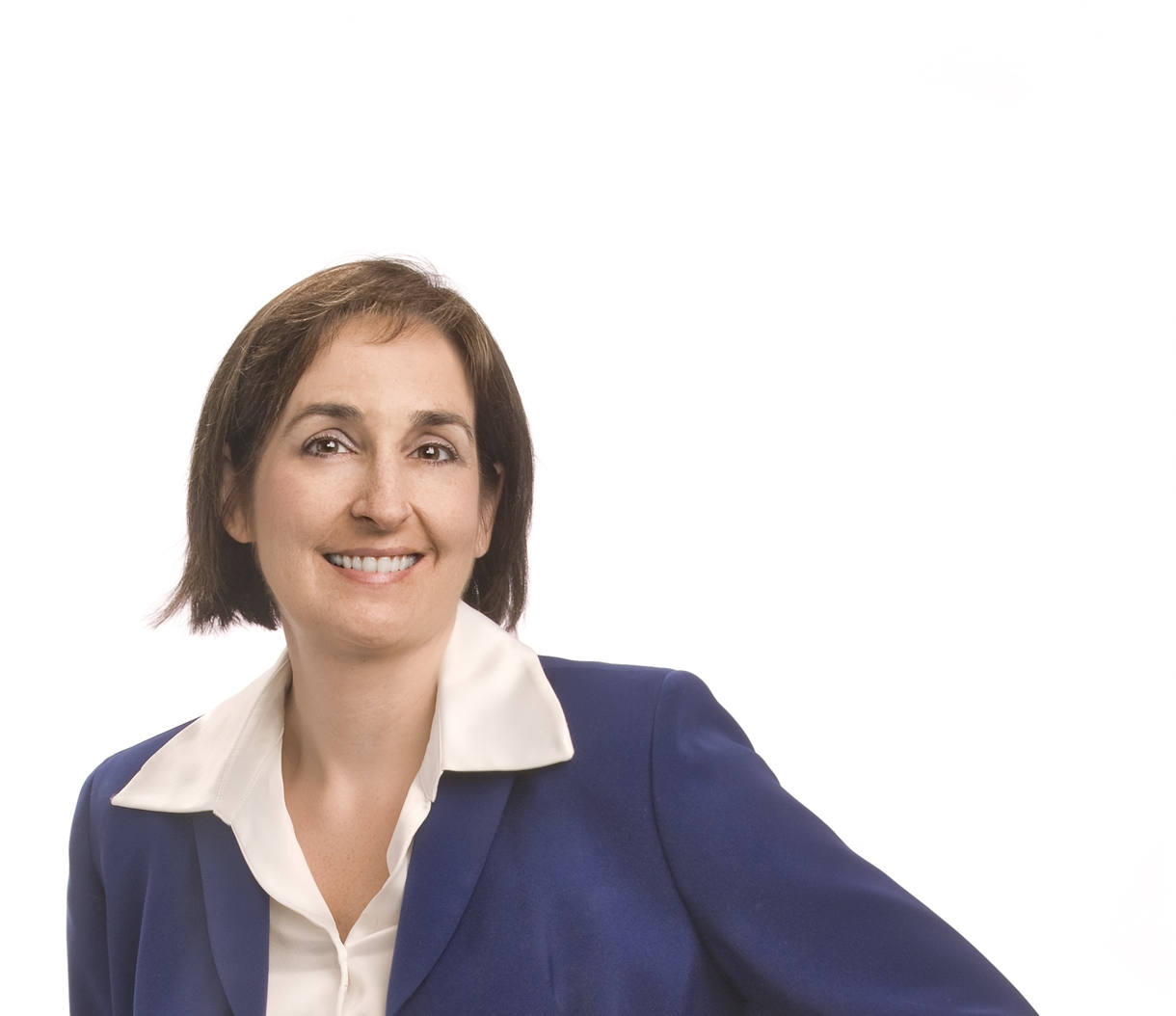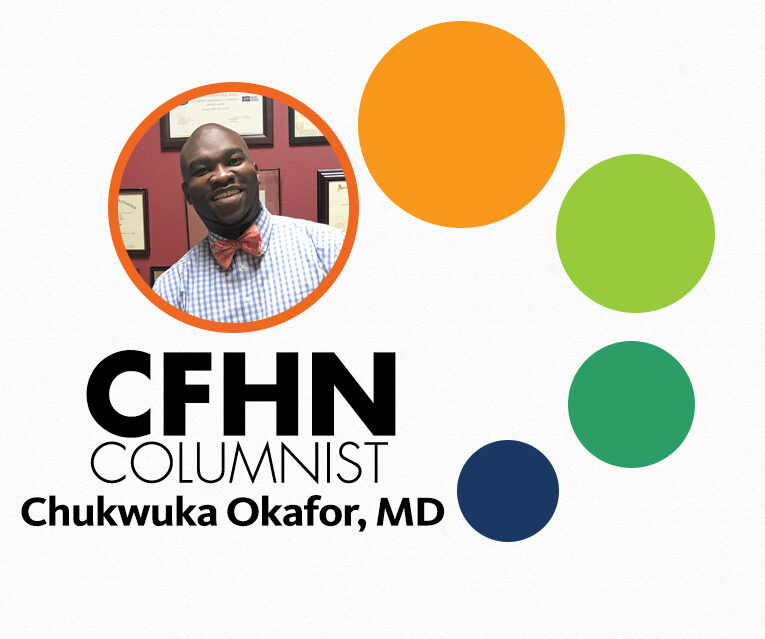
Health News
Features
-
Pop Quiz: Are you a ‘good’ patient?
Find Out if You Make the Grade, and Learn Some Tips along the Way It’s not easy being hurt, sick or suffering from a long-term disease or condition, but achieving optimal health can be even more elusive if you believe in the erroneous Good Patient Syndrome. With this syndrome, you may think it’s bad manners…
-
Q & A: What it takes to work on the front lines of patient care
Paula Miller talks about the challenges and rewards of being a nurse There to get you settled when you arrive, and there to discharge you when you leave, nurses are an integral part of quality care in the field of medicine. We interviewed Paula Miller, director of quality at Bartow Regional Medical Center, about what it…
-
Healthcare workers in demand
A look at local opportunities from the ground up As baby boomers age, there will be more job opportunities in healthcare in Central Florida. Nurses likely will continue to be in demand, and local schools are offering the training needed. “Students seek our Nursing Program because they know it will give them more than just…
Columns
-
Myopia Control in the COVID-19 Era
My weekends are admittedly different now. Before my weekends were filled with time spent with friends, in person, but now they are Zoom calls, Brady Bunch style. We hosted our game night online, and we chat while we bake or make dinner. Even at our practice, we are utilizing the ability to work remotely, and…
-
Journey from Initial Opioid Use ???? Opioid Dependence ???? Addiction
There are 16 ounces in 1 pound; but it is true today, as it was when Benjamin Franklin stated that “an ounce of prevention is worth a pound of cure.” A little precaution to avoid/prevent an undesirable condition is preferable to developing a long-term negative situation and dealing with its potential consequences. If you consume…
-
Atrial Fibrillation: What You Need to Know
Atrial fibrillation is an irregular rhythm from the upper part of the heart. It is the most common cardiac arrhythmia. Incidence increases with advancing age, with 1 out of 5 over the age 85 having it. It appears this originates due to spontaneous discharges from pacemaker cells in the pulmonary veins at the point where…





